Prospecting & Detecting
Coprolite—A Prospector's Tale
February 2014 by David C. Freitag
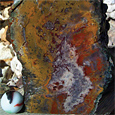 Gold nuggets come in all forms, but I never expected that dinosaur nuggets would too, and at a decent price.
Gold nuggets come in all forms, but I never expected that dinosaur nuggets would too, and at a decent price.
Heavy Glacial Rocks and Gold in the Midwest
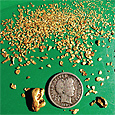 Over the years, I've noticed a pattern in the type of rocks associated with the best gold deposits in Midwestern glacial gravel.
Over the years, I've noticed a pattern in the type of rocks associated with the best gold deposits in Midwestern glacial gravel.
Hard Rock 101: Advanced Micro Blasting
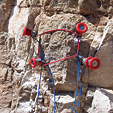 They… create negligible fumes and much less fly rock than blasting. Below are some tips on maximizing your effectiveness with these tools.
They… create negligible fumes and much less fly rock than blasting. Below are some tips on maximizing your effectiveness with these tools.
Going Over Old Ground With Newer Technology
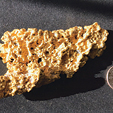 When we got set up and I started to swing the coil over a small mound, I got a good signal, faint but repeatable.
When we got set up and I started to swing the coil over a small mound, I got a good signal, faint but repeatable.
Addressing EPA Overreach: What Dredgers Need to Know
The Half-Mile Claim
We dug and extracted for two more hours. This time, as I dumped the concentrates, I saw a piece of gold three-fourths of an inch long and as big around as a pencil.
Metallic Trash—Scourge of the Prospector
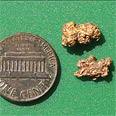 I had been busy representing the Prospecting and Mining Journal this spring, but prospecting season finally arrived and I’ve been out digging for nuggets—I’ve even found a few. I know a number of prospectors who are armed with new metal detectors and headed to the hills to look for that precious yellow stuff.
I had been busy representing the Prospecting and Mining Journal this spring, but prospecting season finally arrived and I’ve been out digging for nuggets—I’ve even found a few. I know a number of prospectors who are armed with new metal detectors and headed to the hills to look for that precious yellow stuff.
Detecting Clay Seams
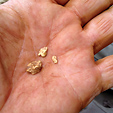 Because the old timers were so good at locating the better paying deposits—most of them along clay seams in this particular area—it makes good sense to try and locate these clay lines at old mining sites.
Because the old timers were so good at locating the better paying deposits—most of them along clay seams in this particular area—it makes good sense to try and locate these clay lines at old mining sites.
Subscription Required:
The Bawl Mill
• Legislative and Regulatory Update
• Ask the Experts
• Ask the Experts
• Ask the Experts
• Ask the Experts
• Our Readers Say
• The Perfect Summer
• Eolian Gold Deposits
• Copper Deposits of Alaska
• Divide and Conquer—Detecting Old Placer Grounds with Friends
• Reserves and Resources Explained
• Critical Metals: Lithium
• Comstock Mining Gets Approval
• Melman on Gold & Silver
• Mining Stock Quotes and Mineral & Metal Prices
Free:
SB 838 and the Future of Mining in Oregon
• New Mining Regulations in Maine







